
The Plants That Talk: Kew Gardens Knows Our Future is Botanic and Our World Is One Worth Saving

“Will it eat me?” the young girl asks her mom.
“Where’s its brains?” her brother pipes in, stepping closer to look into the spiky jaws of the Venus Fly Trap before finding awe in the strange-looking body of the nearby Pitcher plant.
Outside the carnivorous plant room, other children are squealing in excitement, gently stroking the massive, ridged surfaces of palm leaves spilling out along the paths of the greenhouse.
A father and his daughter are sprawled on the concrete, laying on their stomachs with their hands folded under their faces. Their eyes are fixed on the lily pond right underneath their gaze, the giant waterlilies gently swaying as small ripples pass under them.
A couple stands arm in arm, reading an information board that describes the plant communities they have just walked through. A photographer experiences the organisms through their lens, crouching to let the light pour onto the tips of the ancient cycad leaves. The Kew worker upkeeps their area, lost in their own flow, connecting with the plants they’re caring for.
At Kew Gardens, there is space for everyone. A botanical wonderland, located just west of London, it is a place for every person to experience in their own way.
The royal botanical gardens’ motto is “Our Future is Botanic,” but the plants told you that before any worker or flyer could. The amount of green space provided in the 330-acre expanse allows one to stroll along well-kept paths, lined with draping trees and blooming grasses and shrubs, and get lost in the numerous greenhouses, home to thousands of bio-diverse plants and flowers.
Quickly one feels overcome with a sense of life.
Having only explored one small portion of the garden’s huge grounds, I still, very quickly, felt as if I was, in one moment being transported to the depths of the richest affording rainforest and with a snap of a finger, be a stone’s throw away from the organisms that inhabit an arid desert. My senses were heightened as life exuded off the organisms all around me, and all at once, I saw a reflection of a living and dying world. A mirror of myself and my people’s actions.
In the Waterlily House, I was shocked at the unimaginable size of these giant waterlilies (Victoria amazoniza). Their delicate flowers, some dormant under the water and others protruding proudly out into the open air, like it was all one big stage. Each coming up and spending time with visitors, speaking their lines. There in such quiet and subtle beauty, I could feel the importance of what they were saying to passersby, screaming out for people to take with them when they left, not just the memory of their beauty, but also what their beauty represents in our slowly-dying, warming planet.
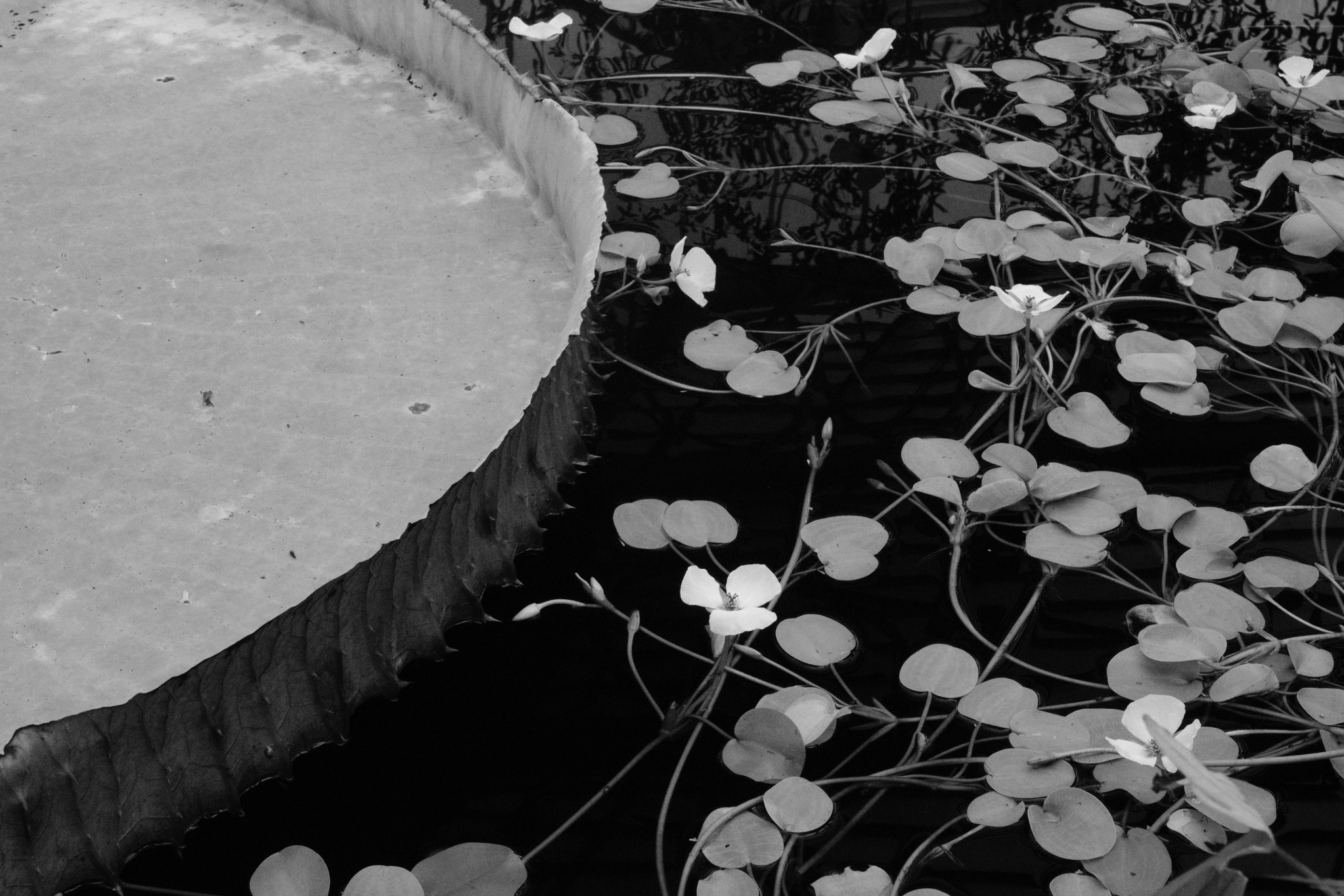
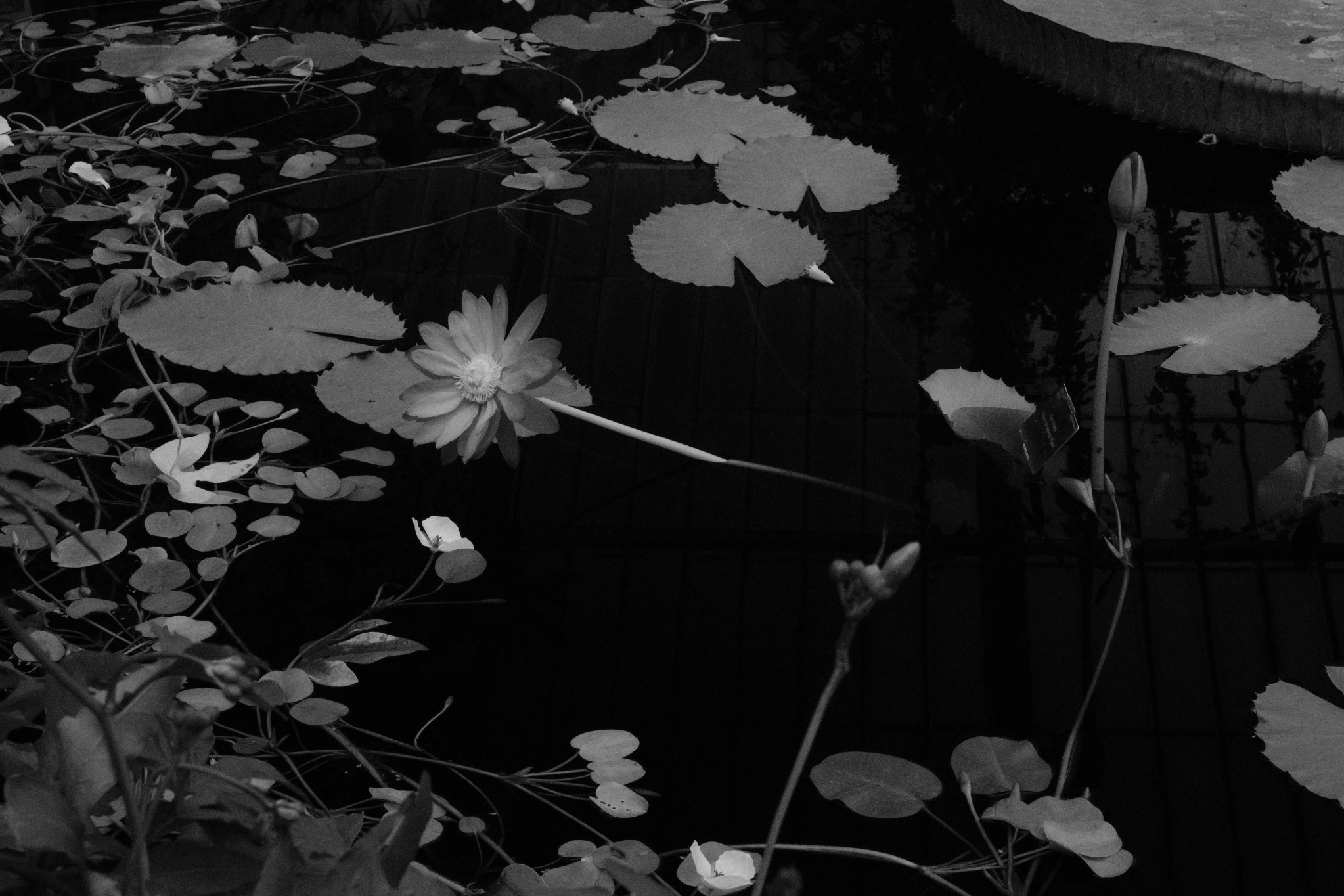
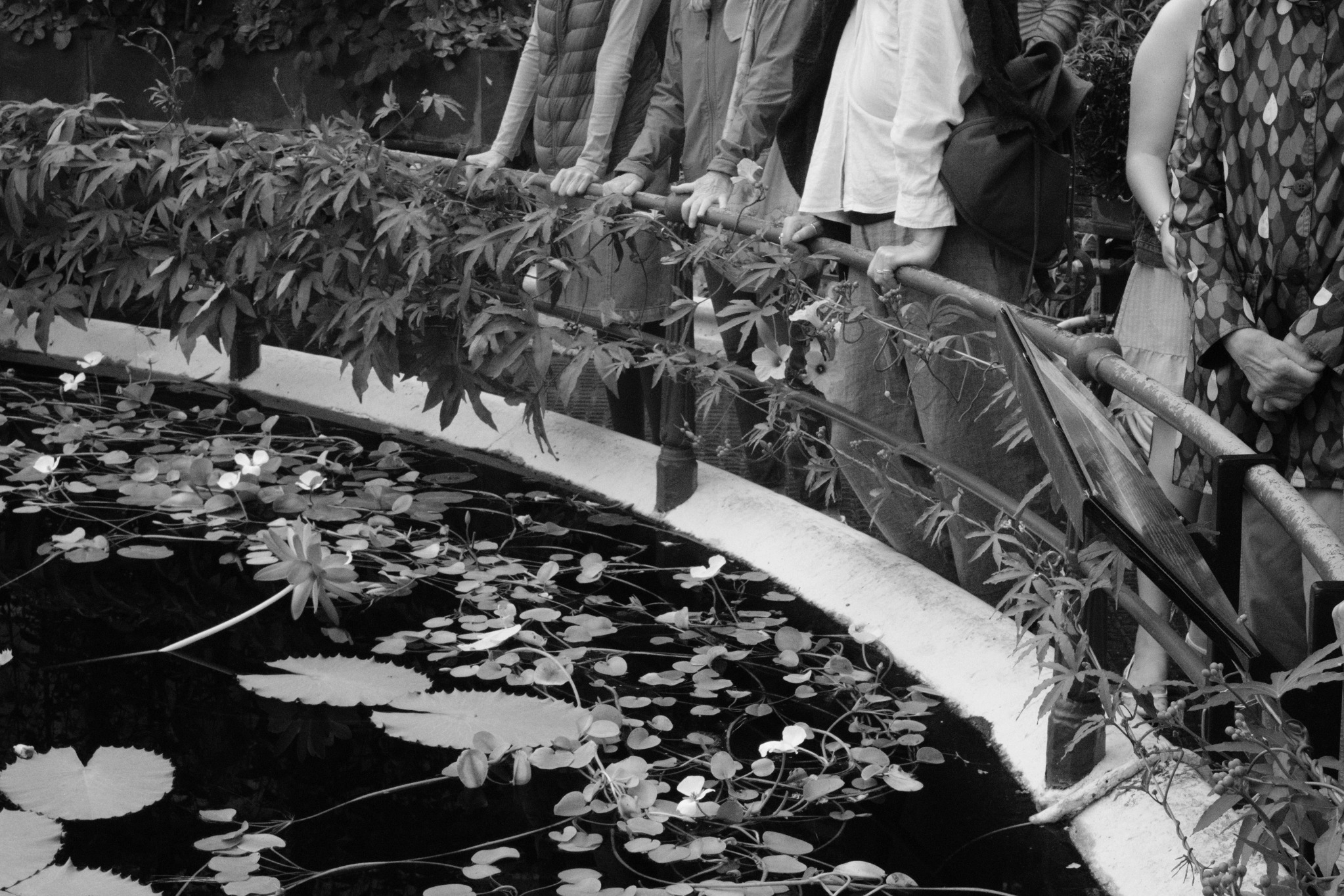
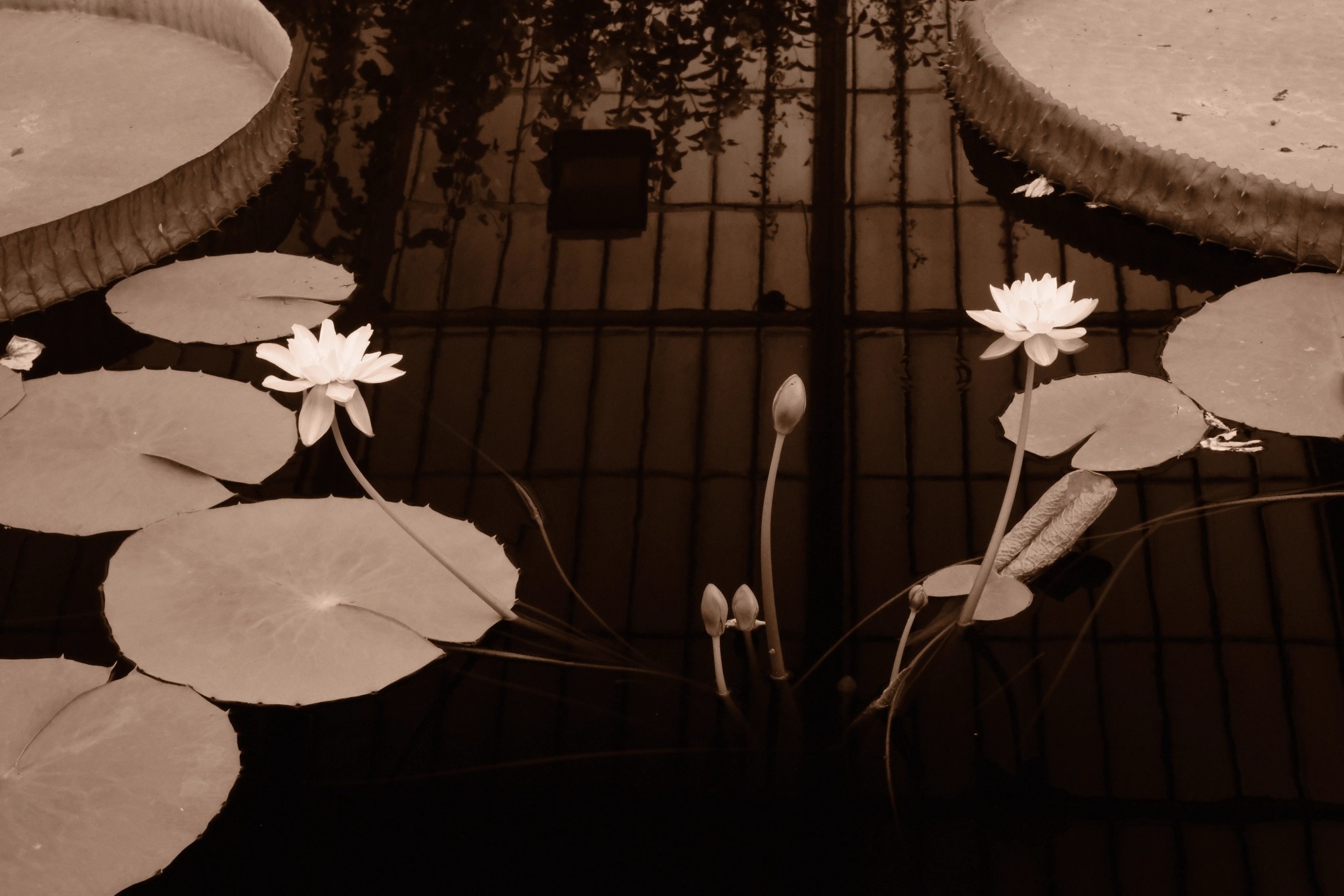
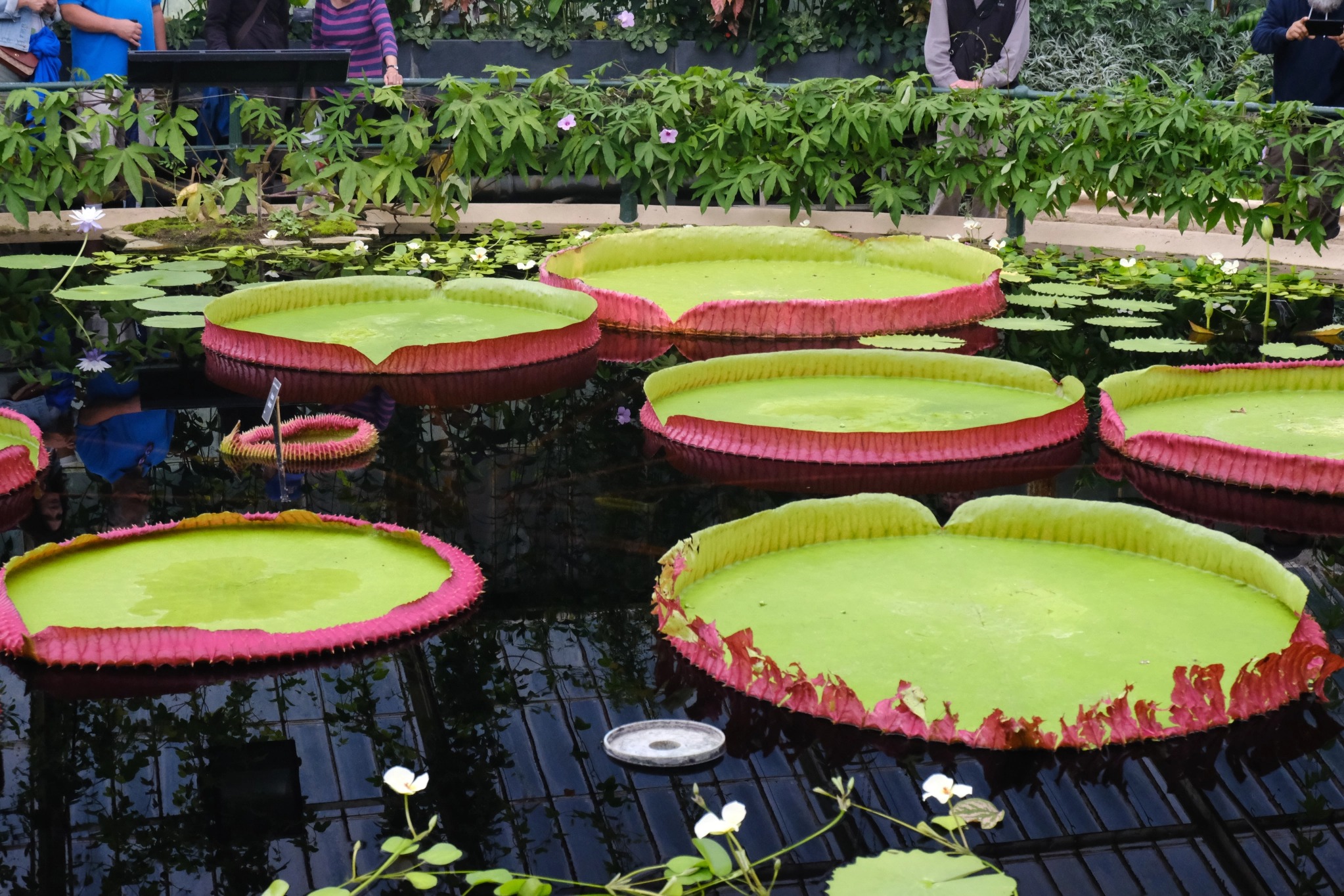
Stepping into Kew’s Palm House, I felt an energy, a connection between each living organism.
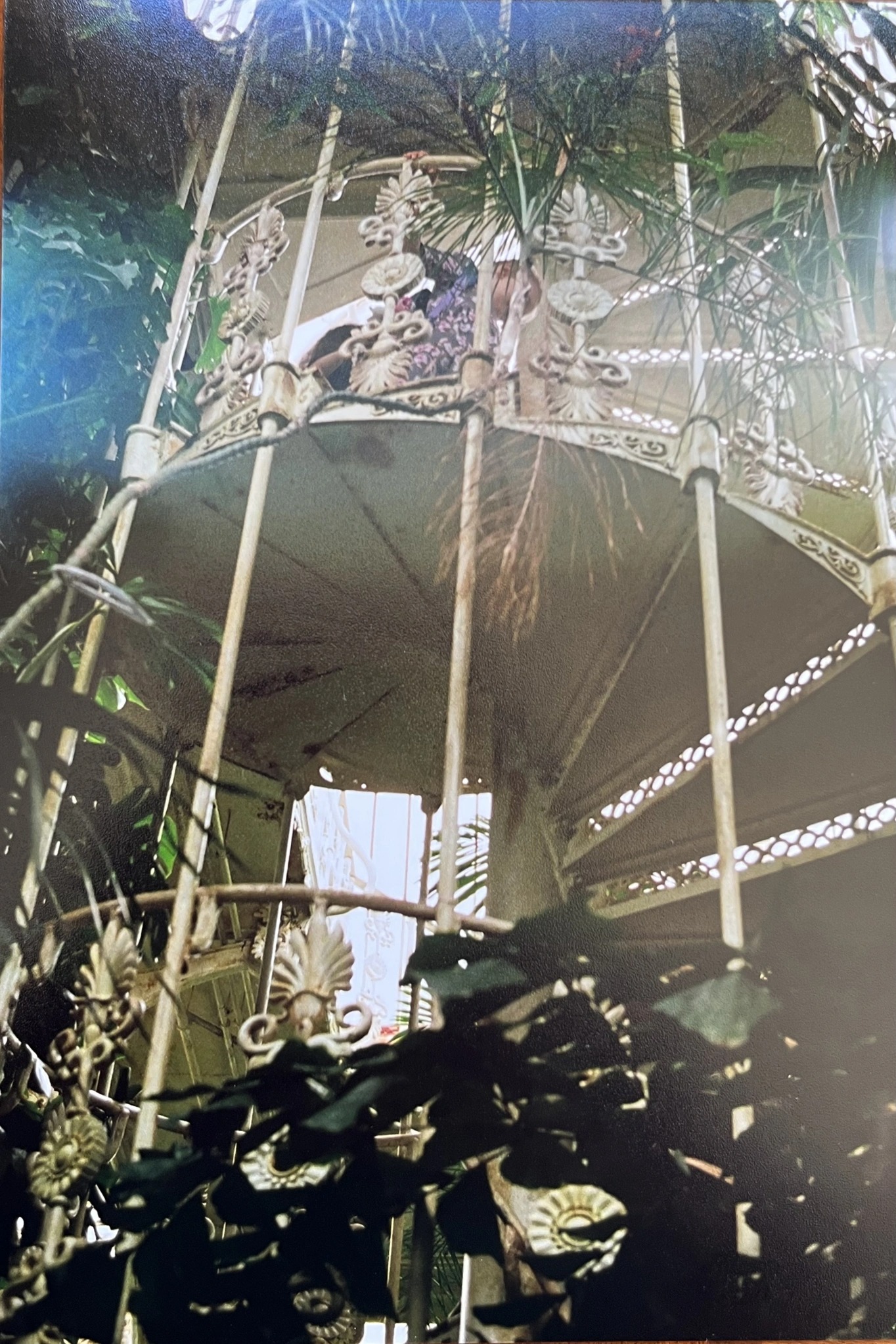
When I trailed up the winding staircase situated in the middle of this indoor rainforest, my hands slid up the railing which were overrun with vibrant plants outreaching their arms and twirling around, almost like they were holding the thing up.
To say, here, take a closer look. We’ll use our last efforts, our remaining energy in this stuffy, toxic world to boost you up to new heights. A new perspective. And maybe, just maybe, you will truly see and feel, and thus act.
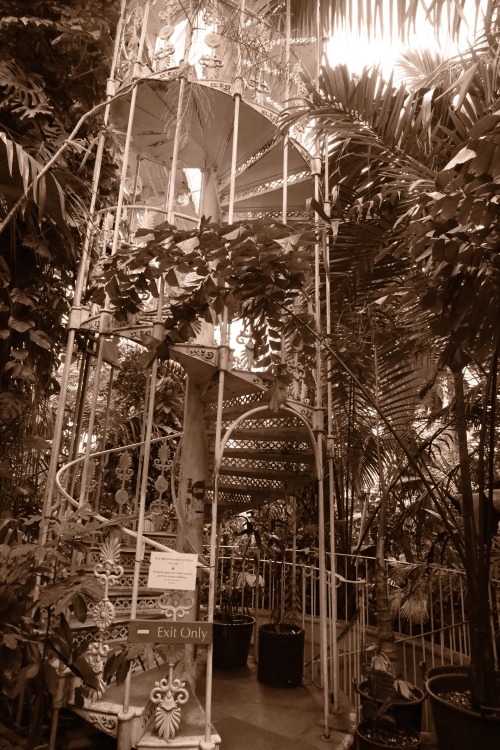
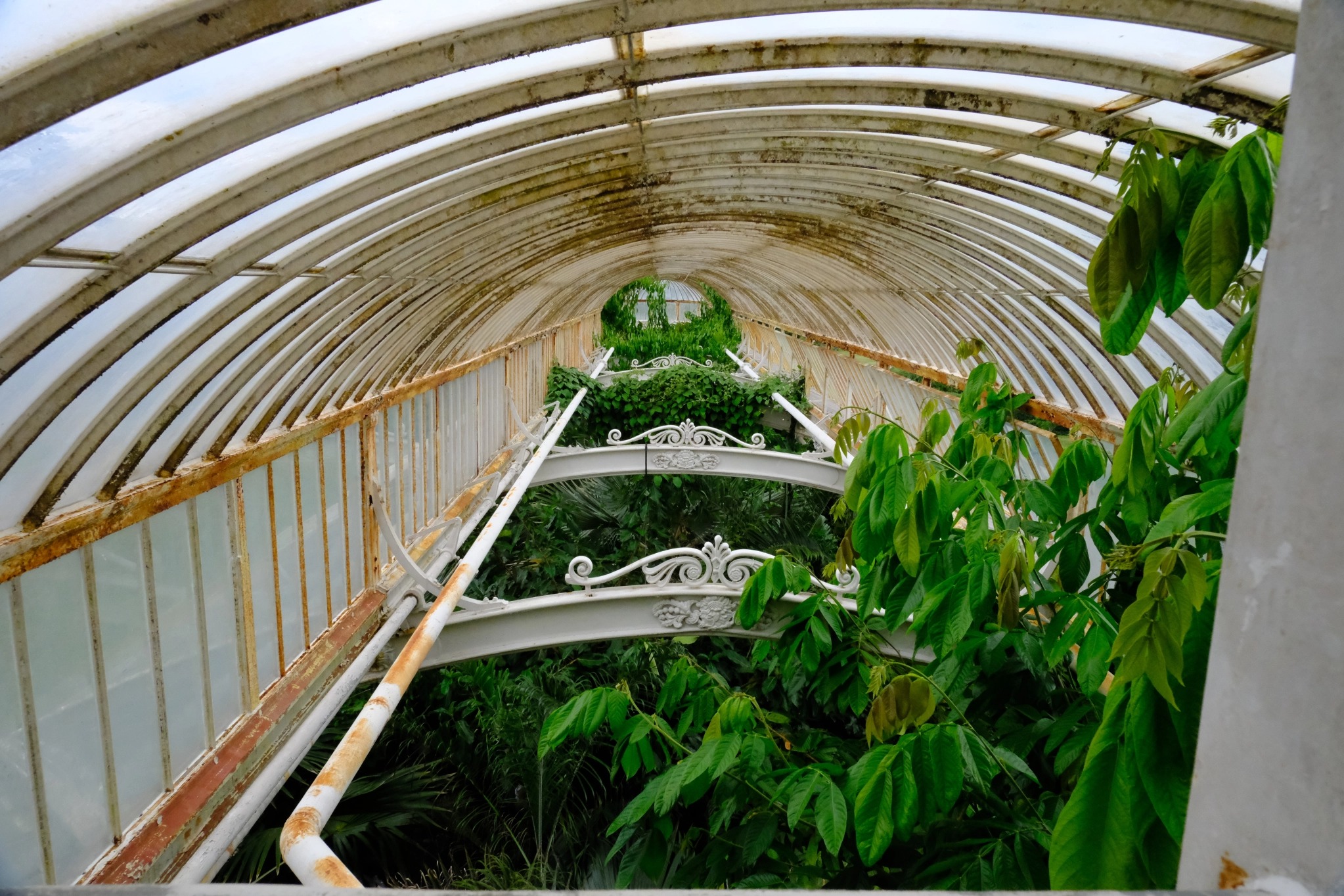
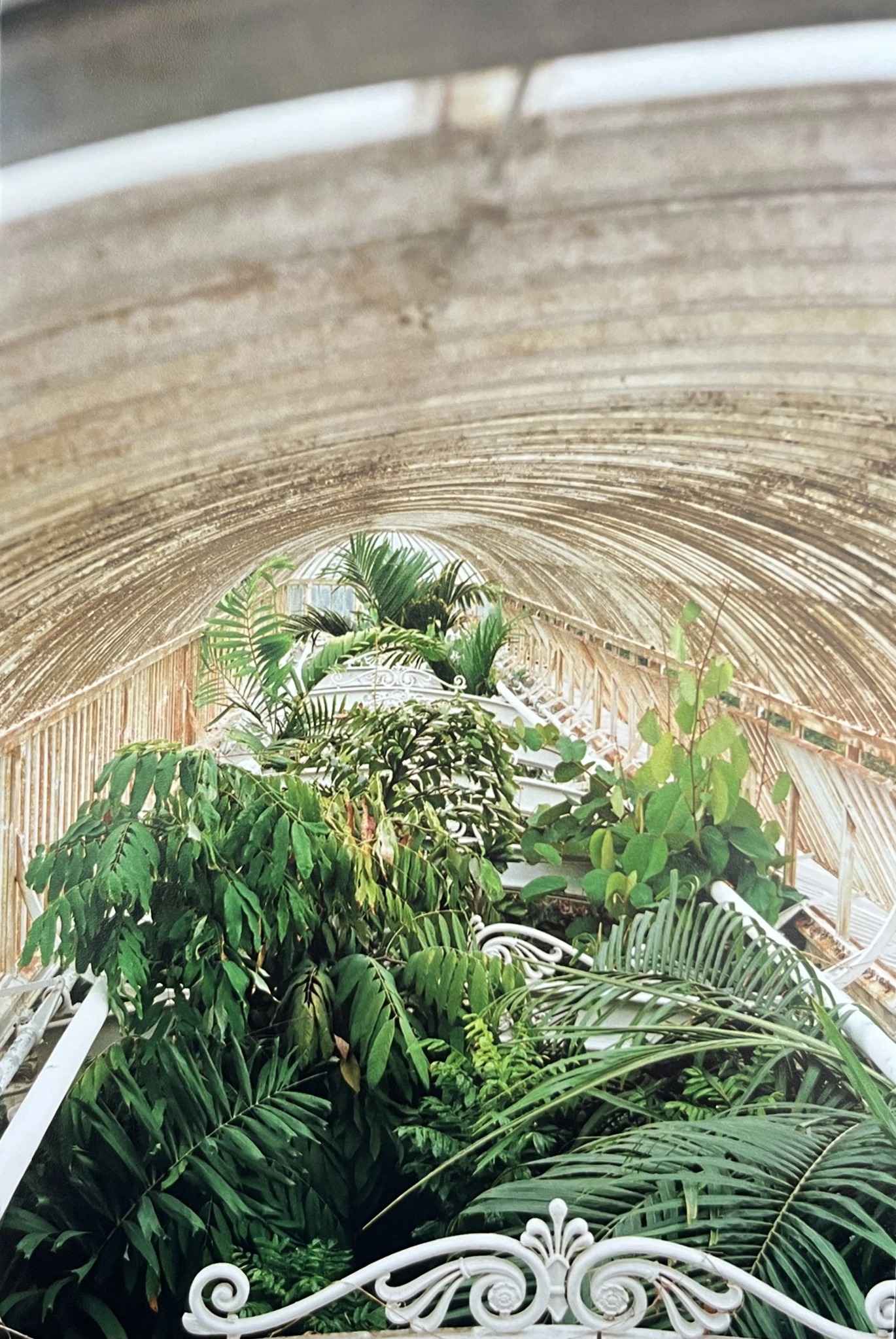
----------------------------------------------------------------------------------
Time is Running Out

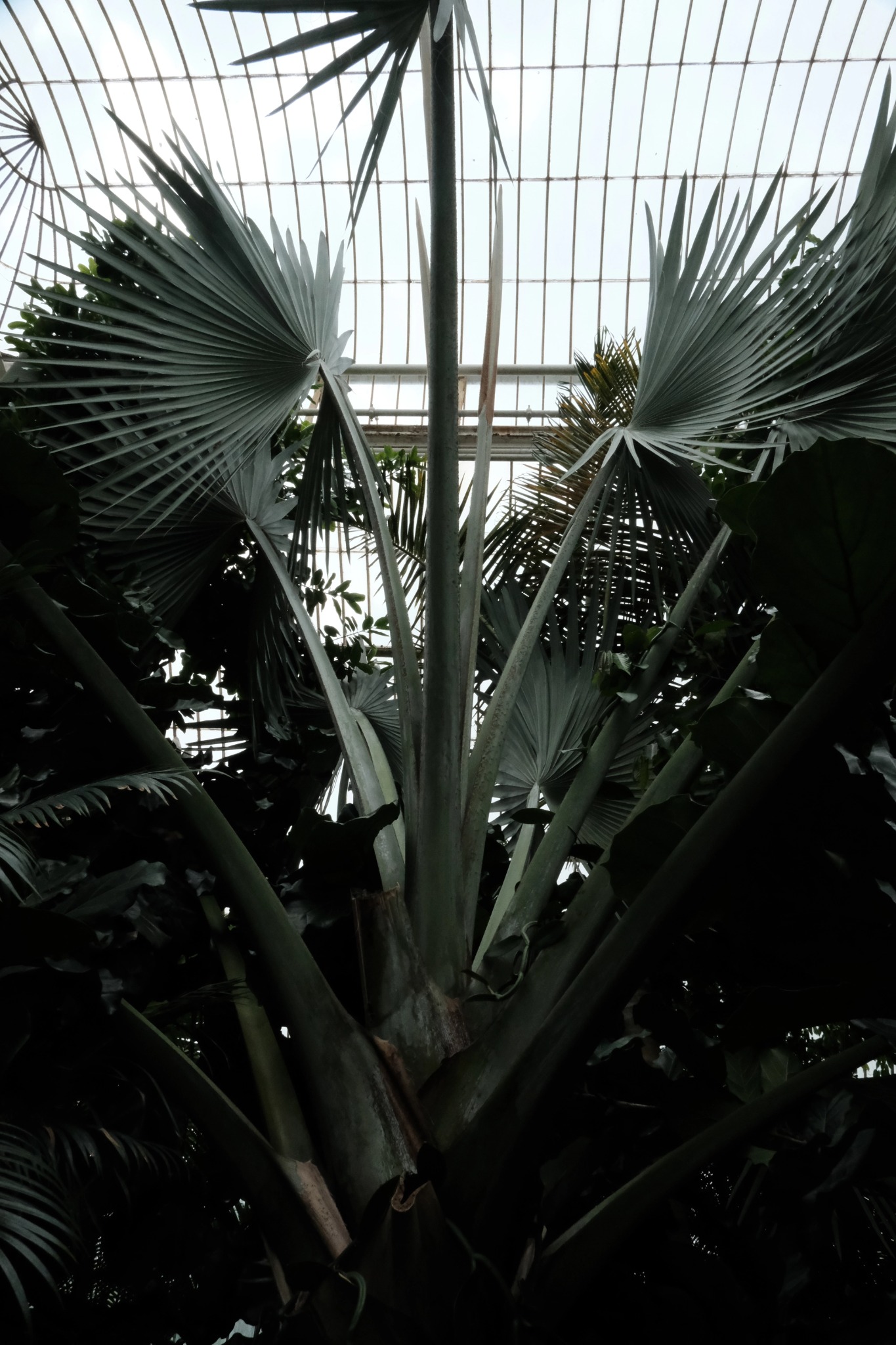
Kew Gardens is teaming with life, a portal into the biodiverse regions of our world. But look close and it reveals the very thing we are losing. And fast.
Countries in the Middle East, like Iraq, are getting pummeled under the breathless weight of our climate crisis, with families fighting to stay alive in towns and villages along dried up rivers and canals that were once teeming with produce and sustaining the people, the cattle, and the agriculture. Now swathed in desert sands and littered with bone-dry, dirty rivers and thirsty, sick villagers– as outbreaks of typhoid and cholera are growing– thousands of displaced people are fleeing as Iraq is becoming more and more dangerously unlivable.
The Middle East isn’t the only region showing telltale signs of what’s yet to come. Burn centers in states like Arizona, which have been suffering endless days of relentless heat, are getting an influx of patients from elderly taking a fall, homeless laying on the ground long periods of time, or even young children, whose feet brushed the floor and are left with second degree burns.
According to the Washington Post, searing pavements have reached temperatures of 160° F, and Phoenix residents have been falling ill with heat exhaustion, dizziness, nausea, and more. One severe incident included a man high on drugs unconscious in the street, whose temperature was over 107 degrees, skin was peeling off, and his brain, “fried.”
Farther south in Florida, ocean temperatures reached a frightening 101° F in July, indicating the fast-approaching devastations that will cripple marine life and change their habitats forever.
And as the oceans are warming at alarming rates, the icy peaks and mountain ranges are melting. The devastating changes can be seen far and wide, with even rock climbers experiencing and witnessing the painstakingly obvious effects of the warming climate.
For Patagonia’s Alpine Climbing Ambassador Josh Wharton, his journey over seven years tackling Jirishanca, a 6,000+ metre peak in Peru, and his and Vince Anderson’s ultimate summit in July 2022, revealed the mountain’s stark, eye-opening changes and transformations due to our warming world.
Having made his first attempt in 2015, and subsequent ventures in 2018, 2019 and finally in 2022, Wharton has spent real time on the peak, becoming accustomed to its ridges, its glacial passages. And with each return, copious amounts of melted snow and ice had dramatically altered parts of the route, leaving Jirishanca like a mirror of climate change’s harsh realities.
As Wharton writes, “We walked on less glacier to get to the base, found less ice through key passages and saw the dramatic upper ice roofs recede to reveal more and more chossy rock. This made the climbing harder in some places and easier in others, but it was always clear that things were changing very quickly.”
----------------------------------------------------------------------------------
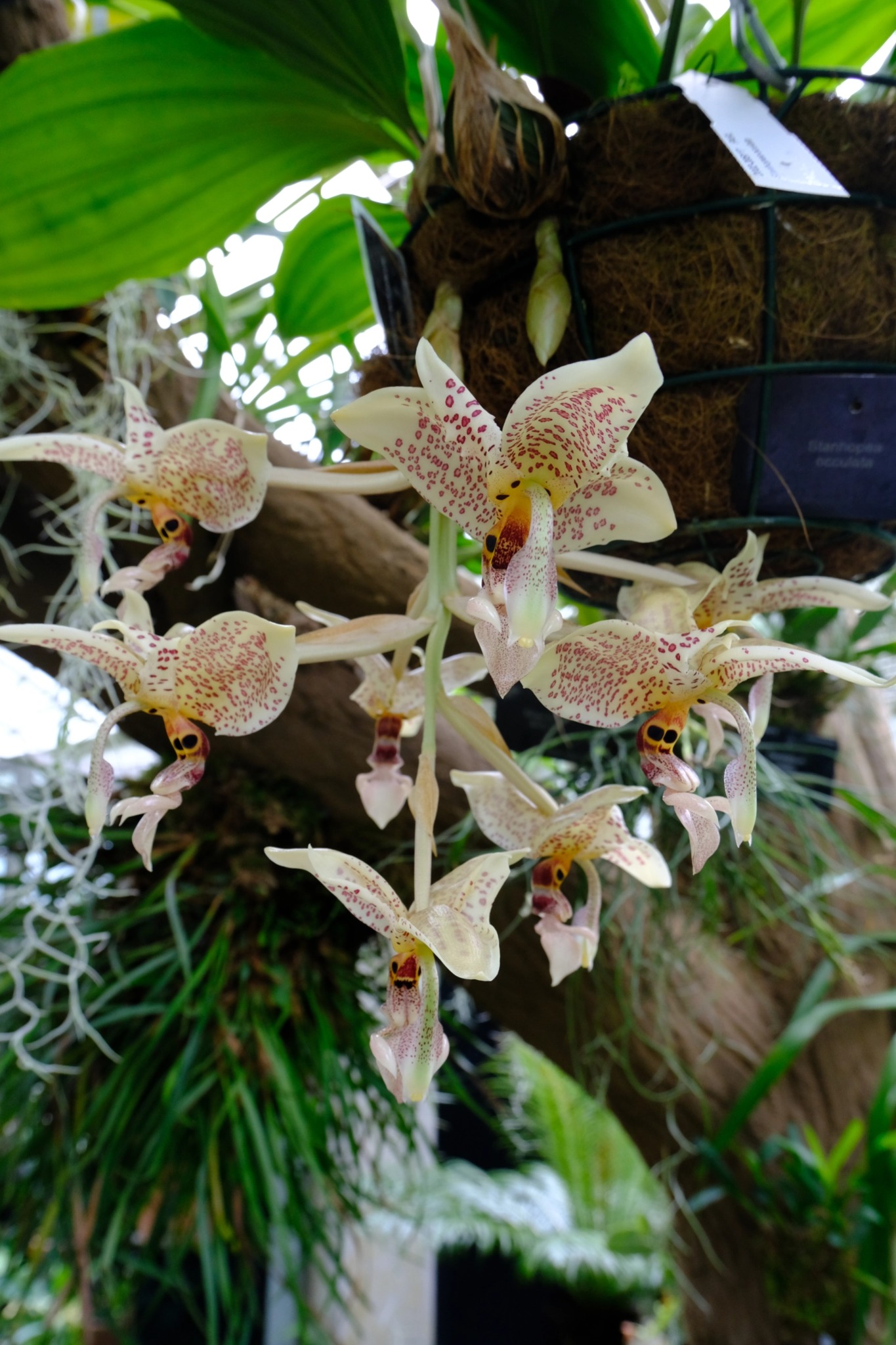


Providing access for millions of people to see an array of the world’s biodiverse, botanical organisms is not the only thing Kew Gardens offers.
Over 470 scientists work for Kew Science, dedicated to furthering research and developing new and eco-friendly solutions to combat climate change and protect our richly biodiverse world.
Kew works in more than 100 countries, including Madagascar at The Kew Madagascar Conservation Centre (KMCC). Projects are taking place in areas like the Caribbean, as well as Ethiopia and across Southeast Asia.
Discovering the power of plants, and the obscure ways in which they can continue to nourish us, our agriculture and our energy, Kew has continually pushed for sustainable and obtainable options for our future.
For instance, the beautiful yet invasive and harmful weed known as the water hyacinth has been found, through research at the University of Leeds, to be a sustainable source of heat and electricity when turned into bioenergy.
“Part of this project involves a case study at a youth hostel in India,” Grace Brewer writes in the article “Pond weeds are powering homes”, posted on the Kew website. “Here, water hyacinth will be artificially grown in tanks and used to produce biogas for cooking and fertiliser to grow flowers.”
In addition, Dr. Melanie-Jayne Howes writes of the impact some plants and flowers have on medicine, specifically anticancer drugs.
------------------------------------------------------------------------------------
After stumbling upon Kew Gardens and spending the day wandering around, it would be an understatement to say that every single person would benefit from a visit.
In our crazy, fast-pace world, filled with greedy oil companies and crazy politicians, as well as confusion and fake news surrounding the things that matter most, it can feel disheartening when thinking about the future.
Our beautiful planet is suffering, and we only ever hear about the horrible wildfires wiping out cities and demolishing homes, or the unlivable and unworkable conditions of some countries faced with record-breaking heat.
Though to hear of and see the work that Kew Gardens, and many other research facilities, are doing to create real-life solutions to climate change is a pleasure. For they are acknowledging the beauty and the power of the natural world, and using the abundance of life in new and innovative ways, to keep us alive.
Kew Gardens is a space to slow down, to listen and see and to let the beauty sink and ruminate, swirling in our brains no matter our age. My hope is that as the families, friends, lovers and lone travelers passing by the gardens walked out, they shared the secrets of a prosperous future, spoken to them by the plants. Stumbling upon an awe-inspiring thought after exiting the ground’s Palm House, walking away with a heavy smile and zealous attitude to play their part in keeping our beautiful planet alive and cool.
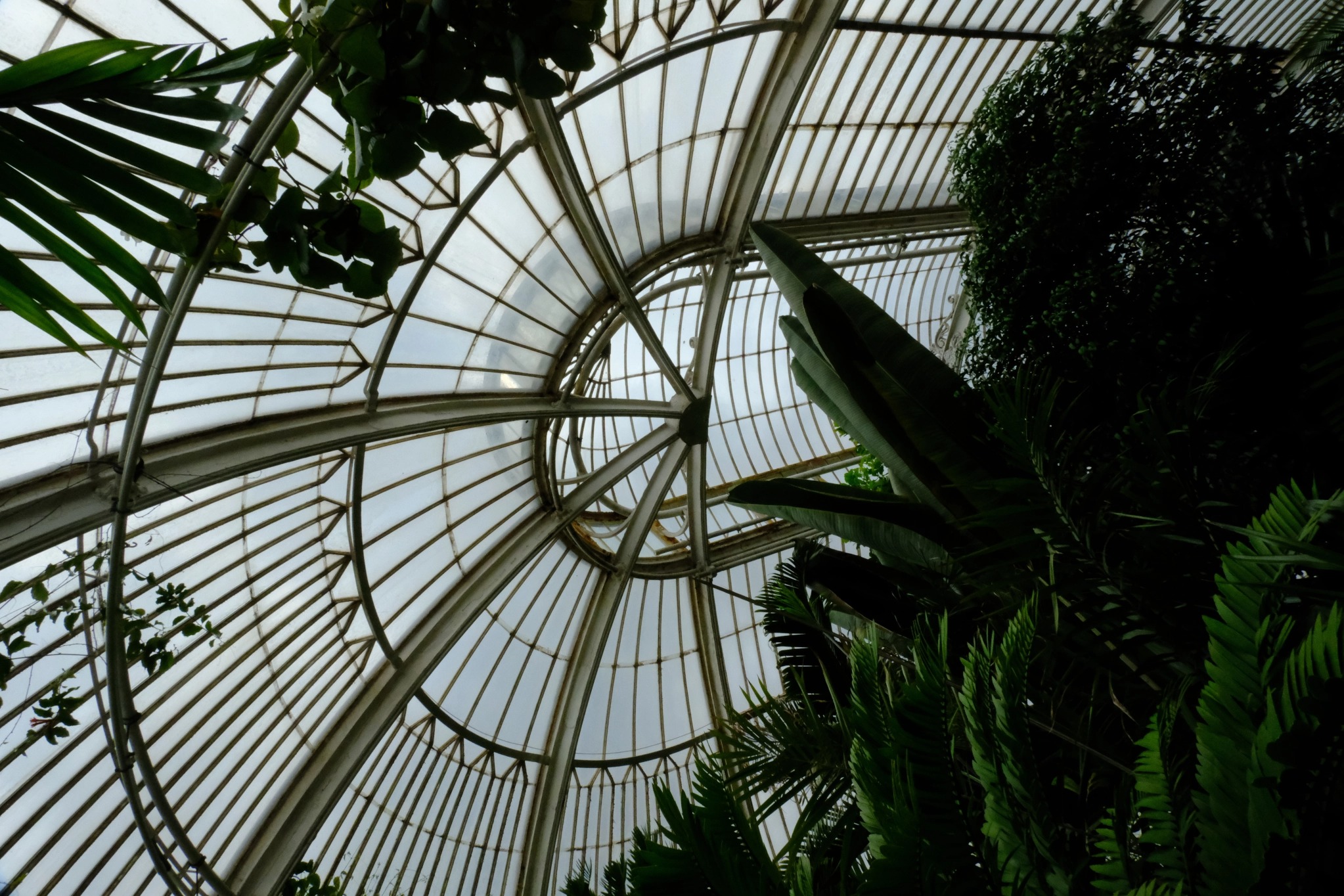
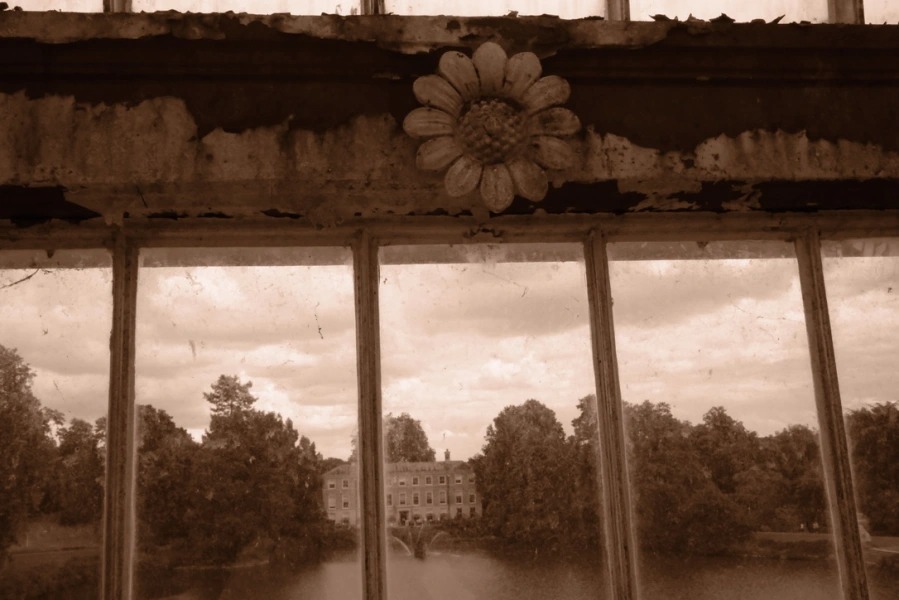
Post a comment